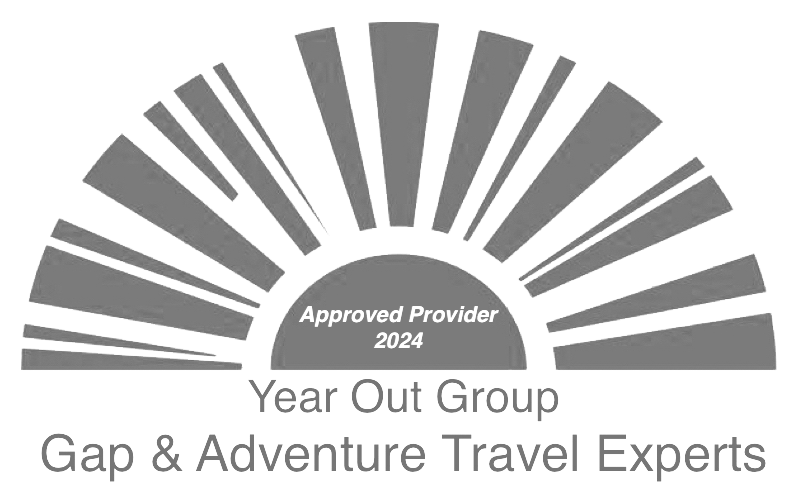Threatened VS Endangered
Our impact on the natural environment has had a disastrous effect on many species, both on land and in the water. Almost daily media outlets post stories of animals being listed as endangered, threatened or vulnerable. What do all these categories mean and what is used to decide which categories an animal is in?
The criteria for assessing the status of a species was established by the IUCN (International Union for Conservation of Nature) and their IUCN Red List of Threatened Species is considered to be the most comprehensive inventory of all species in the world. The IUCN’s mission is to “influence, encourage and assist societies to conserve the integrity and diversity of nature and ensure that any use of natural resources is equitable and ecologically sustainable”.
All species from all regions of the globe are classified into one of nine categories:
- Extinct (EX) – No known living individuals
- Extinct in the wild (EW) – Known only to survive in captivity, or as a naturalized population outside its historic range
- Critically endangered (CR) – Extremely high risk of extinction in the wild
- Endangered (EN) – High risk of extinction in the wild
- Vulnerable (VU) – High risk of endangerment in the wild
- Near threatened (NT) – Likely to become endangered in the near future
- Least concern (LC) – Lowest risk; does not qualify for a higher risk category. Widespread and abundant taxa are included in this category.
- Data deficient (DD) – Not enough data to make an assessment of its risk of extinction
- Not evaluated (NE) – Has not yet been evaluated against the criteria.
Depending on numbers, habitation and conservation efforts, animals can move from one category to another. Wildlife can move from endangered to vulnerable to near threatened if their numbers grow. Some species thought to be extinct have recently been found in the wild.
Conservation effort through national parks as well as private game reserves have helped some wildlife species’ numbers increase. Conservation volunteering in southern Africa gives you the opportunity to volunteer directly with wild and rehabilitated animals in game reserves and with endangered species. Our conservation projects are perfect for candidates who are passionate about Africa’s wildlife and protecting its natural heritage. All our projects are ethical and sustainable with no cub cuddling, can hunting nor bone trade. We regularly check on all our projects to ensure they keep to our standards.
Please contact us if you wish to volunteer or have any questions about volunteering, conservation or our projects.
Yours,
The Good Hope Volunteer Team
To be part of our amazing volunteer community, please contact us.
Follow us on Instagram (@good_hope_volunteers), Facebook (@goodhopevolunteers) and Twitter (@GHVvolunteers)

